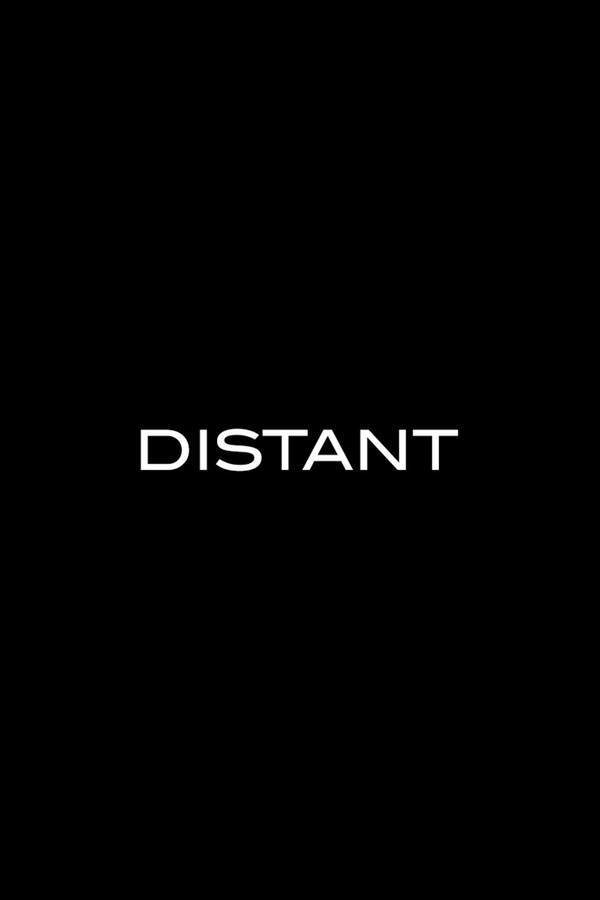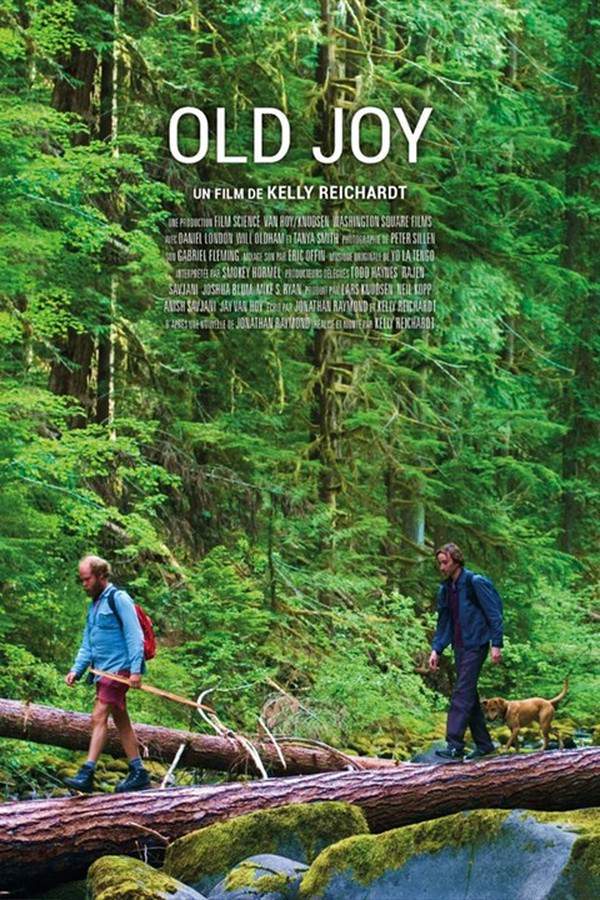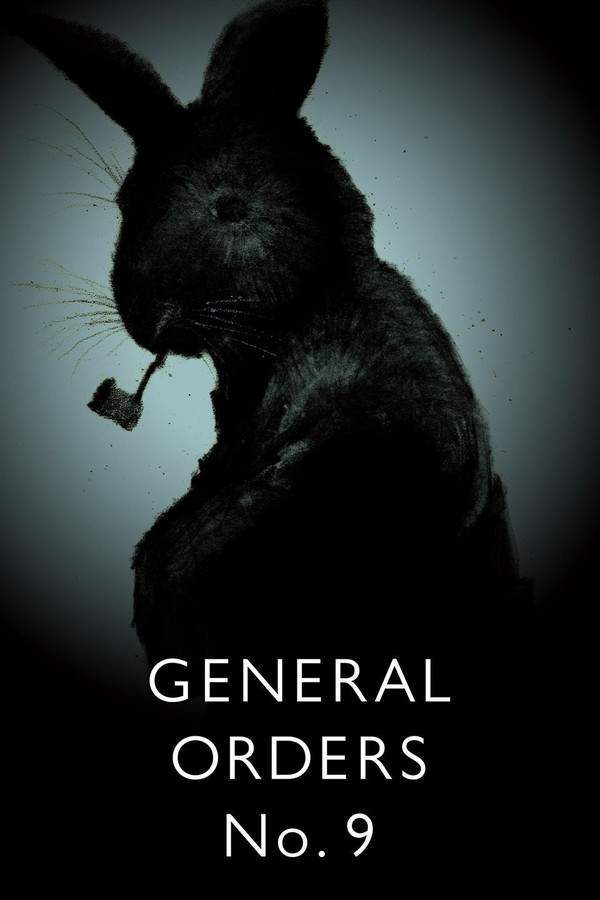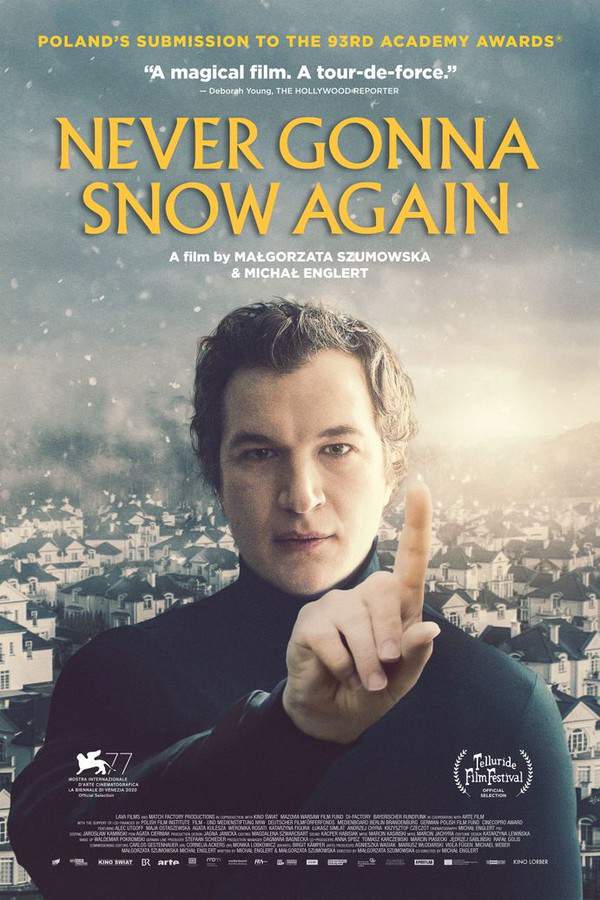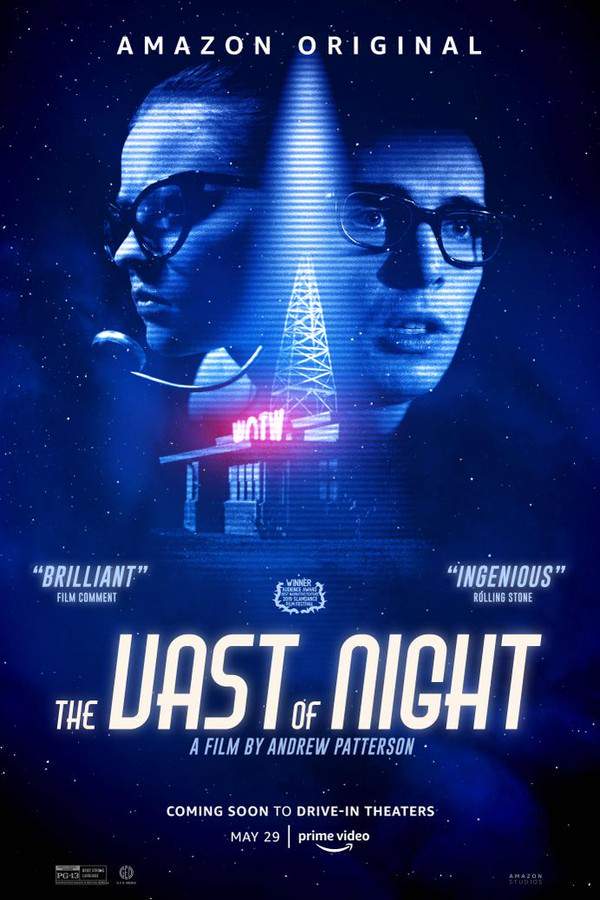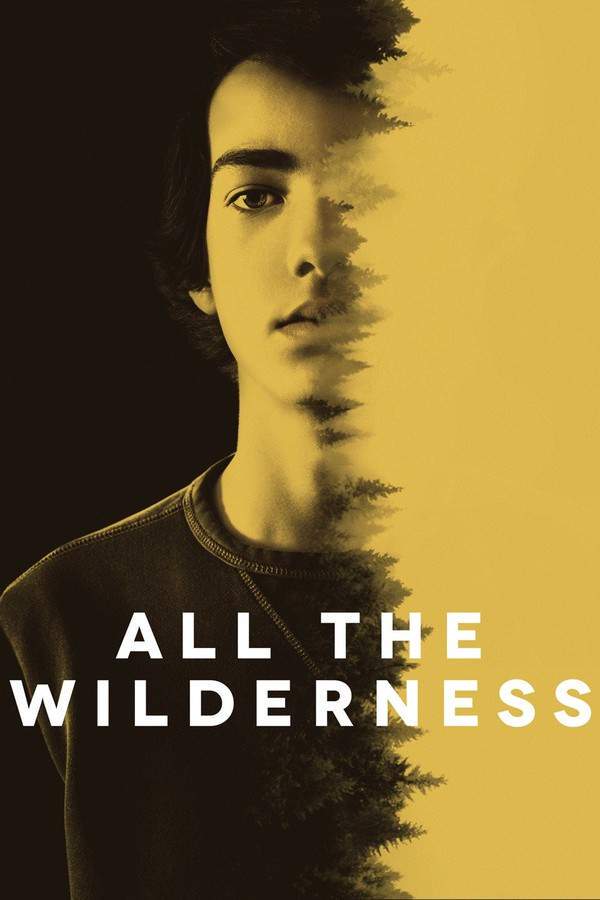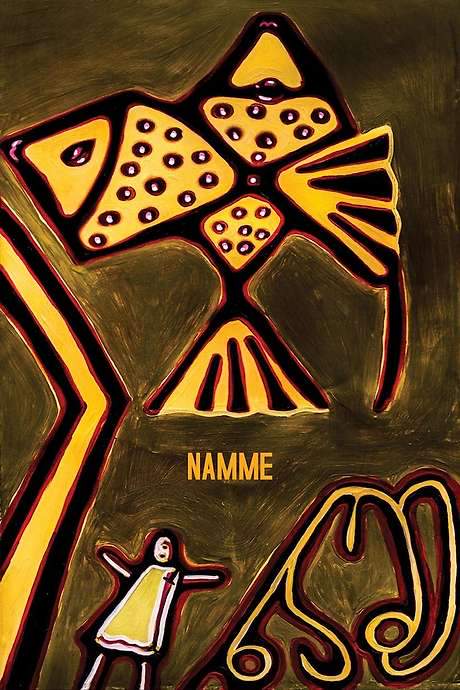
Namme
Year: 2017
Runtime: 91 mins
Language: Georgian
Director: Zaza Khalvashi
Set in the stunning Georgian mountains, a family tends to a sacred spring that provides healing for their village. As his sons depart, the father assigns his daughter the responsibility of caring for the spring. However, an unsettling event disrupts their lives, leading to a mysterious and poignant story about tradition and change.
Warning: spoilers below!
Haven’t seen Namme yet? This summary contains major spoilers. Bookmark the page, watch the movie, and come back for the full breakdown. If you're ready, scroll on and relive the story!
Namme (2017) – Full Plot Summary & Ending Explained
Read the complete plot breakdown of Namme (2017), including all key story events, major twists, and the ending explained in detail. Discover what really happened—and what it all means.
Namme, Mariska Diasamidze, is Ali’s daughter who grows up surrounded by three older brothers, each charting a radically different path in life. The film unfolds as a meditation in slow cinema, where there are no clear heroes or villains, but rather a textured atmosphere that mirrors the filmmaker Zaza Khalvashi’s desire to convey the feel of the world he knows. The opening shot lingers on a rock by a flowing river, a long, observant take that sets the film’s rhythm and invites the audience to listen to the quiet rather than chase a conventional narrative.
Within this family, one brother is Muslim [Nuri], Ramaz Bolkvadze; another is an atheist who works as a teacher in a single-pupil class [Lado], Roin Surmanidze; and the third is a Christian Orthodox priest who participates in the building of a church [Giorgi], Ednar Bolkvadze. Namme and her father Ali inhabit a space that feels both intimate and arcane, where ancient rituals meet the practicalities of daily life. The family also serves as fishkeepers, tending to waters believed to be sacred because of a mystic fish passed down through generations. This lineage anchors Namme in a tradition that binds her to her father’s vision, especially as her brothers reject that icon-like path and pursue their own beliefs.
The film moves deliberately between rural rituals and the creeping encroachments of modernity. In the countryside, Namme and her father enact pagan rites and healing ceremonies, drawing upon water they regard as powerfully charged by ancestral forces. The mystic fish—an emblem of their family’s guardianship—lends the healing process its sacred atmosphere, and the family’s role as caretakers of the fish becomes a linchpin for the community’s sense of well-being. Yet as the narrative progresses, Khalvashi introduces a quieter intrusion: the building of a weir, a concrete symbol of technical progress that disrupts the natural flow of the river and, with it, the health of the fish. The water’s vitality falters, and the fish grows sick, signaling that the sacred practice depends as much on the surrounding environment as on ritual.
This tension between tradition and progress also foregrounds Namme’s personal struggle. Puritan attitudes close off private life as a source of spiritual strength, tightening the hold of communal expectations on Namme’s future. Yet she experiences love, a development that undermines the very power she has been trained to wield. As Namme’s romantic feelings bloom, her healing abilities begin to wane, and the balance between public duty and private happiness becomes a central, unsettling question. The story does not offer a simple answer; instead, it traces the unraveling of a carefully maintained system from within, showing how personal longing can erode collective rituals when the two compete for space and legitimacy.
As the water grows more troubled, Namme’s inner conflict intensifies. She faces a stark choice: to protect and perpetuate the traditional practices that heal the village or to honor a more intimate, individual life that risks dissolving the sacral power her family has safeguarded. The film treats this choice with a patient, almost ceremonial gravity, avoiding melodrama in favor of an observant portrait of a person negotiating place, belief, and desire. In a quietly decisive moment, Namme steps back from forcing the water to heal, allowing the sacred fish’s power to recede. Her emancipation from the background expectations of kin and tradition is both a personal release and a cautious redefinition of what healing can mean when it is no longer bound to ancestral rites.
The closing imagery returns to water, but with a new poise. In a final, emblematic scene, Namme walks on the surface of the water and gradually dissolves into the fog. The moment is deliberately enigmatic: is she merging with the universe, or stepping beyond the world of the family’s sacred water into a more private, non-mystical existence? The audience is left to decide, invited to interpret the ending through the film’s textures—its slow pace, its patient, almost still-life compositions, and the way sound and image carry emotion when dialogue is scarce.
Throughout Namme, the visual and sonic language is essential. Long, unhurried shots, landscapes that breathe with wind and water, and a soundscape that emphasizes quiet rather than chatter all contribute to a mood of contemplative realism. The film’s structure mirrors the rhythm of a day in a living, breathing ecosystem: the river’s flow, the weir’s shadow, the fish’s fragile life, and the stubborn persistence of tradition all intersect with the incursion of modern life. Khalvashi’s approach is not about delivering a conventional plot; it is about preserving the atmosphere of a place and a way of life, allowing audiences to feel the weight of history and belief as living forces.
In the end, Namme’s journey is a study in emancipation and ambiguity. By choosing to let go of the pressures of guardianship—both of the sacred fish and of the communal ritual ecosystem—she makes room for a future that could be intimate, solitary, or perhaps more open to reform. The film leaves viewers with a resonant image: a figure who has walked on water, now fading into fog, suggesting that some truths endure not as absolutes but as possibilities that drift beyond the shore of mutual expectation. Namme invites reflection on how communities sustain themselves when the sanctified methods of healing collide with personal longing, and it asks whether healing can continue when the holy waters no longer serve the same function they once did.
Last Updated: October 01, 2025 at 13:04
Explore Movie Threads
Discover curated groups of movies connected by mood, themes, and story style. Browse collections built around emotion, atmosphere, and narrative focus to easily find films that match what you feel like watching right now.
Slow cinema meditations on tradition like in Namme
Patient stories where personal desires conflict with sacred ancestral duties.For viewers who appreciated the patient, observant style of Namme. This collection features movies like Namme that use slow pacing to explore themes of family legacy, spiritual belief, and the personal cost of maintaining tradition against the tide of change.
Narrative Summary
Stories in this thread typically follow a protagonist, often in a rural or isolated setting, who is the guardian of a longstanding custom or place. The central conflict arises when their personal aspirations or external forces challenge this duty, leading to a contemplative and often ambiguous examination of sacrifice and belonging.
Why These Movies?
These films are grouped by their shared slow pacing, melancholic tone, and low intensity, creating a meditative viewing experience. They prioritize atmosphere and emotional resonance over plot, focusing on the quiet drama of individuals grappling with their place within a larger, often fading, cultural tapestry.
Enigmatic dramas of spiritual change like in Namme
Stories where a disruption to a natural or spiritual order causes a quiet crisis.If you liked the mysterious and poignant story of disruption in Namme, this list finds similar movies. These films explore how an unsettling event impacts spiritual beliefs, family dynamics, and the relationship with nature, often leading to ambiguous conclusions.
Narrative Summary
The narrative pattern involves a community or individual in harmony with a unique belief system or natural element. An unexplained occurrence—be it spiritual, environmental, or personal—acts as a catalyst, forcing characters to question their faith, legacy, and future. The journey is characterized by a sense of loss, questioning, and often an open-ended resolution.
Why These Movies?
These movies share a focus on enigmatic catalysts for change, a medium emotional weight dealing with serious themes, and an ambiguous ending feel. They blend elements of drama and subtle fantasy or mysticism to explore how characters adapt to irreversible shifts in their world.
Unlock the Full Story of Namme
Don't stop at just watching — explore Namme in full detail. From the complete plot summary and scene-by-scene timeline to character breakdowns, thematic analysis, and a deep dive into the ending — every page helps you truly understand what Namme is all about. Plus, discover what's next after the movie.
Namme Timeline
Track the full timeline of Namme with every major event arranged chronologically. Perfect for decoding non-linear storytelling, flashbacks, or parallel narratives with a clear scene-by-scene breakdown.

Characters, Settings & Themes in Namme
Discover the characters, locations, and core themes that shape Namme. Get insights into symbolic elements, setting significance, and deeper narrative meaning — ideal for thematic analysis and movie breakdowns.

Namme Spoiler-Free Summary
Get a quick, spoiler-free overview of Namme that covers the main plot points and key details without revealing any major twists or spoilers. Perfect for those who want to know what to expect before diving in.

More About Namme
Visit What's After the Movie to explore more about Namme: box office results, cast and crew info, production details, post-credit scenes, and external links — all in one place for movie fans and researchers.






